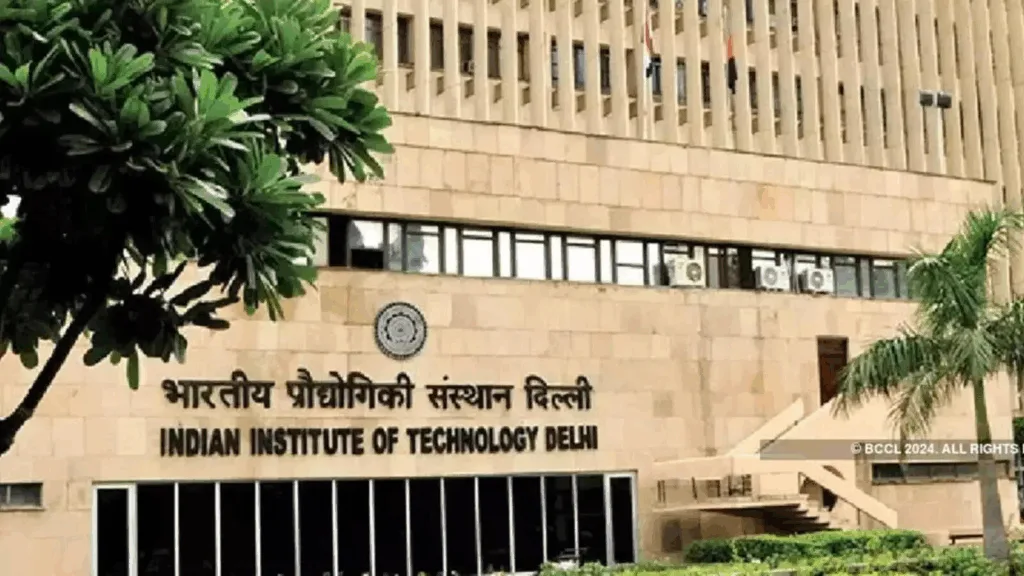India’s higher education landscape continues to shine on the Asian stage, with seven prestigious institutions securing spots among the QS Asia University Rankings 2026 top 100. Leading the charge is IIT Delhi, which has retained its position as India’s highest-ranked institution for the fifth consecutive year, proving that excellence is a habit, not an accident.
Table of Contents
Top Performance by Indian Institutes at a Glance
| Institution | Asia Rank | Overall Score |
|---|---|---|
| IIT Delhi | 59th | 78.6 |
| IISc Bangalore | 64th | 76.5 |
| IIT Madras | 70th | 75.1 |
| IIT Bombay | 71st | 75.0 |
| IIT Kanpur | 77th | 73.4 |
| IIT Kharagpur | 77th | 73.4 |
| Delhi University | 95th | 68.5 |
The Numbers Tell a Growth Story
India’s representation expanded dramatically with 294 universities featured, making it Asia’s second most represented higher education system after China’s 395 institutions. What’s even more impressive? 137 new Indian universities entered the QS Asia Rankings for the first time—the largest single-year addition ever.

This exponential growth reflects the transformative impact of the National Education Policy 2020, which has been reshaping India’s academic landscape over the past five years. QS CEO Jessica Turner acknowledged India’s progress, noting how the country has built globally relevant capacity while maintaining local empowerment.
Stay updated on India’s education revolution at Techno Sports.
Where India Excels: Research Powerhouse
India’s real strength lies in research productivity and faculty qualifications. Five universities ranked among Asia’s top 10 in the Papers per Faculty indicator, demonstrating exceptional research output relative to faculty size. Additionally, NIT Nagaland and Mother Teresa Women’s University jointly secured second place in Asia for faculty qualifications (Staff with PhD).
These metrics aren’t just numbers—they represent India’s commitment to building a knowledge economy powered by doctoral-level expertise and meaningful research contributions.
Explore more education insights on technosports.co.in.
The Reality Check: Areas Needing Attention
Despite the celebrations, Indian institutions face challenges that prevent them from cracking the top 50. Most premier IITs witnessed ranking declines, with IIT Delhi slipping from 44th to 59th and IIT Bombay falling 23 places to 71st.
The primary culprits? India continues scoring below global averages in International Faculty (18.9 versus approximately 31 globally), international students, and student exchange programs. Additionally, Indian institutes fared poorly on citations per paper—IIT Delhi scored 31.5 while Asia’s top 10 institutes scored above 90.
These gaps highlight the need for enhanced international collaboration, better faculty-student ratios, and increased global research impact.
Read the complete QS rankings analysis on The Print.

Asia’s Elite: The Competition is Fierce
The University of Hong Kong claimed the top spot, followed by Peking University, while Singapore’s National University of Singapore and Nanyang Technological University shared third place. These institutions continue dominating through superior international faculty recruitment, diverse student bodies, and extensive research networks.
For comprehensive tech and education coverage, visit technosports.co.in.
The Silver Linings
Not all news involves declines. Chandigarh University improved from 120th to 109th, while Sathyabama Institute of Science and Technology surged 111 places to 262nd—the largest improvement among Indian institutions. These success stories prove that with the right strategies, dramatic improvements are achievable.
Frequently Asked Questions
Why did IIT rankings drop despite improved scores in QS Asia 2026?
While Indian institutes improved their absolute scores, regional competitors advanced faster, particularly in international faculty recruitment, student diversity, and research citations. The expanded ranking pool with 558 debut entries also intensified competition, causing relative ranking positions to shift even as performance metrics improved.
Which Indian universities showed the biggest improvements in QS Asia Rankings 2026?
Sathyabama Institute of Science and Technology recorded the largest jump, rising 111 places to rank 262nd. Chandigarh University also improved significantly from 120th to 109th position. Additionally, 36 Indian institutions improved their overall rankings compared to last year, demonstrating sector-wide progress.








